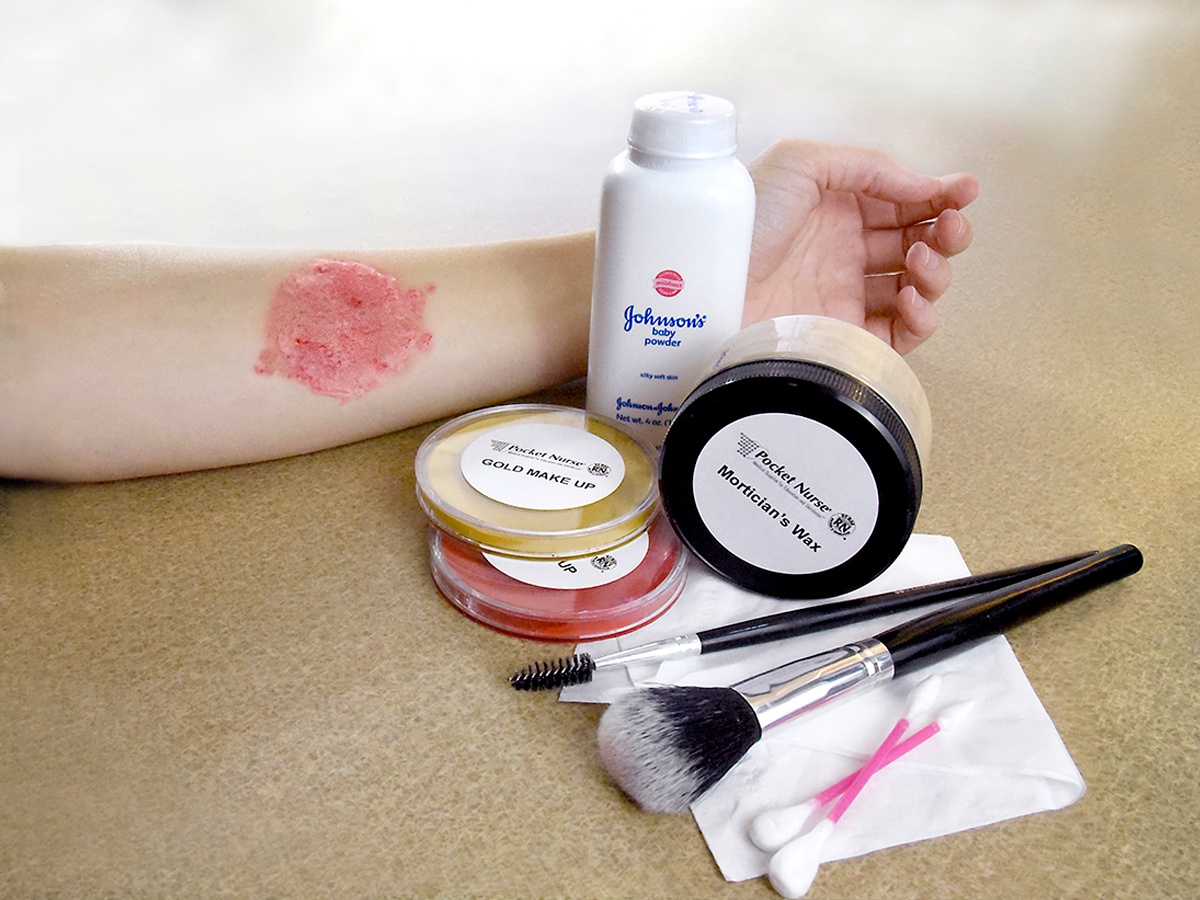
One of the challenges for nursing and healthcare education programs that want to use simulation scenarios is deciding whether or not to use standardized patients (also called standardized participants or simulated patients, and referred to here as SPs going forward).

Each year, five to 20 percent of U.S. residents catch the flu, and many will seek care in healthcare settings such as pediatrician offices, urgent-care centers, doctor's offices, and even emergency rooms. More than 200,000 people will be hospitalized because of influenza-related complications.

Occupational therapy asks: “What matters to you?” instead of “What’s the matter with you?” It’s a prime example of what differentiates occupational therapy from other physical therapy programs. Occupational therapists (OTs) focus on what is important to a patient, and they identify the important and valued activities that the patient will encounter in ...

Alzheimer's disease, the most common form of dementia, is projected to affect nearly 14 million people by the year 2060. But Alzheimer's isn't a normal part of aging, and the Center for Disease Control and Prevention (CDC) has created a curriculum intended to increase awareness of Alzheimer's and other types of dementia, as well as the role of public ...

The Veteran’s Health Administration (VHA) has begun to focus on preventative services and healthy lifestyle interventions for the veteran population of the United States. Healthcare providers, from nurses and physicians to physical and occupational therapists, should be aware of and know how to address the following issues for U.S. veterans.











